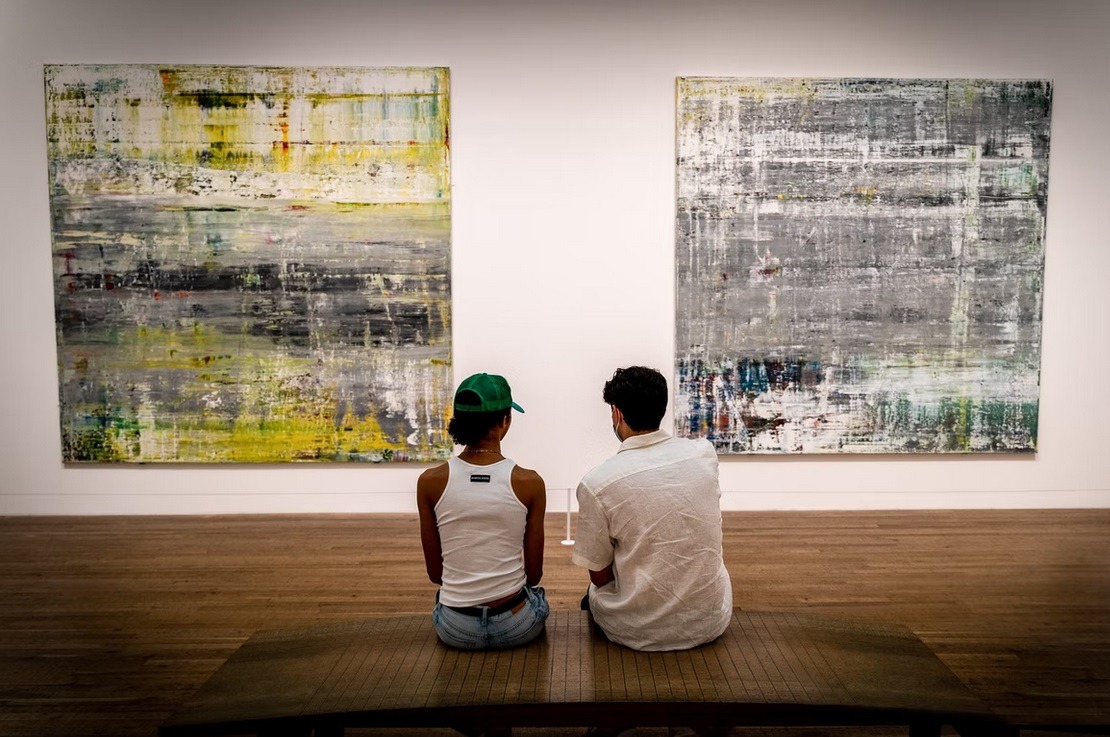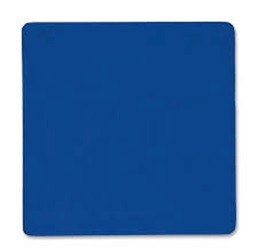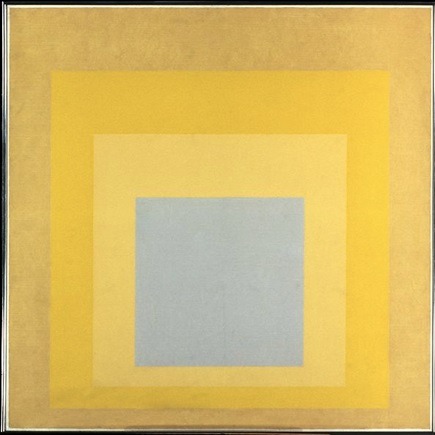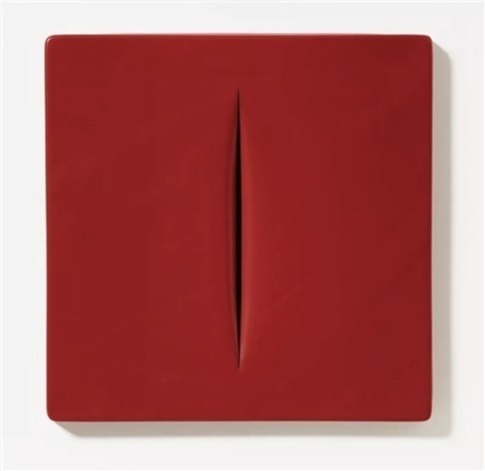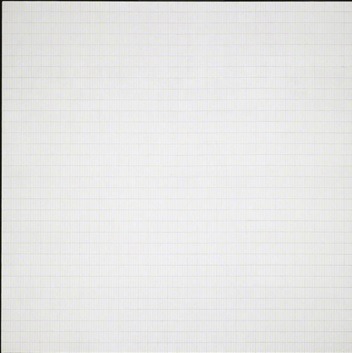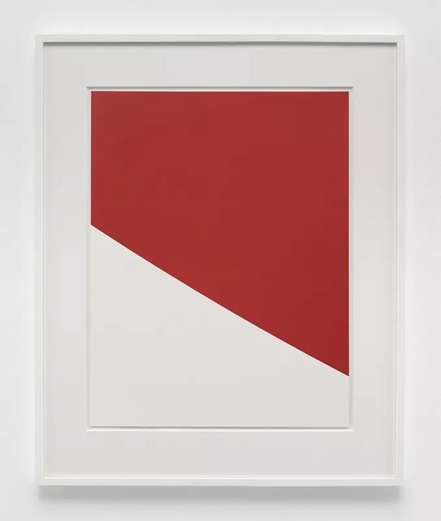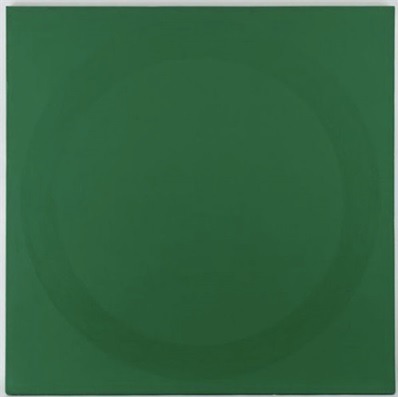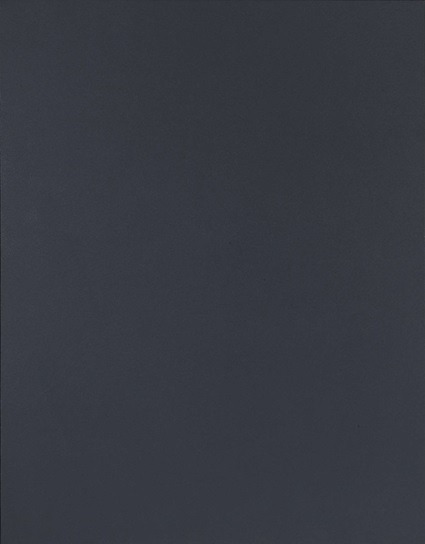For more than a hundred years already, artists have used monochromatic theories to explore the potential and limitations of color and painting. The artists using this technique are experimenting with composition and color tonality and, in the process, creating colorful paintings.
Monochromatic paintings are color paintings created by using only one color or hue in different shades. A painting should contain only one base color to be classified as monochromatic. Let’s look at some famous colorful paintings in the monochromatic style, which are excellent examples of this art form.
Monochromatic Color Paintings’ Elements
In simple terms, monochromatic color refers to a color scheme comprising variations of one color. The artist can use any color to create a monochromatic color scheme. For example, if the artist takes red as the base color, white can be added to the red, and pink is created. If black is added to red, maroon is created. The color scheme will then be pink, red, and maroon.
The three main components of a monochromatic color scheme are hue, shade, and tint. “Hue” is the particular chosen base color. The darker version of the hue is called the “shade,” and “tint” is the lighter version of the specific color.
Sometimes people refer to a painting with a black and white color scheme as a monochromatic painting. By definition, this is not correct. Monochromatic schemes are based on variations of one color, and because black and white are non-colors, black and white paintings should be thought of as grayscale artworks. However, for inclusiveness, we include one grayscale work in this article.
Untitled Blue Monochrome by Yves Klein (1928-1962)
The French artist, Yves Klein, created a new step in monochromatic art development. He created a new color known as “International Klein Blue.” He and Edouard Adam, a French paint supplier, developed the color. The pigment in this color uses a synthetic resin binder to suspend the color and make the hue as intensely ultramarine as possible.
Klein himself commented on this new blue: “What is blue? Blue is the invisible becoming visible. Blue has no dimensions. It is beyond the dimensions of which other colors partake.”
He used International Klein Blue as the base color in many of his paintings. Sometimes he covered entire immense canvases with International Klein Blue. “Untitled Blue Monochrome” is one of Klein’s the most famous color paintings.
Homage to the Square by Josef Albers (1888–1976)
The artwork “Homage to the Square” by Josef Albers is a work to remember. It is a simple yet very effective concept. This monochromatic artwork comprises four superimposed oil-applied squares on a Masonite panel. Like all other works of Albers, it was not painted in the conventional way, but the paint was applied from a palette knife directly onto the panel.
Josef Albers, a German-American artist, lived from 1888 to 1976 and is considered one of the monochrome color theory and practice leaders. Albers began teaching, creating, and experimenting with color theory and monochromatic artworks during the 1940s.
In his book “Interaction of Color” which was published in 1963, he remarked, “If one says ‘red’ (the name of a color) and 50 people are listening, it can be expected that there will be 50 reds in their minds. And one can be sure that all these reds will be very different”.
Concetto Spaziale (Rosso) by Lucio Fontana (1899-1968)
“Concetto Spaziale” was created in 1968 by Lucio Fontana, near the end of his life. This artwork in red plastic is an example of his integration of three-dimensionality into his paintings. He created the three-dimensional effect in this painting by cutting the canvas to create a gaping slit.
By piercing and cutting the canvasses of his works, he highlighted the space behind the picture. He enticed the audience to think of new spaces and forms.
Fontana, an Argentine-Italian artist, is also known as the founder of Spatialism. He sought to integrate his materials and works within space in new ways and, at the same time, create through movement a gestural language of expression.
Morning by Agnes Martin (1912-2004)
“Morning” was created in 1965, and she used acrylic paint and graphite on canvas. This Canadian-American artist’s abstract works were inspired mainly by nature.
Martin described “Morning” as follows: “I had to leave out many things that one expects to see in a painting… I was painting about happiness and bliss, and they are very simple states of mind, I guess. Morning is a wonderful dawn, soft and fresh”.
Her signature pattern of a freehand grid usually provided the foundation for her monochromatic paintings of interlocking horizontal and vertical lines.
Red Curve by Ellsworth Kelly (1923–2015)
“Red Curve” was created in 1986 and is an excellent example of Kelly’s monochromatic works. He created monochrome works in various mediums – from paintings to sculptures. When he worked in monochrome, the distractions of color and its corresponding meanings were removed, and Kelly could enjoy a new freedom to focus solely on form.
Kelly said about his art: “Instead of making a picture that was an interpretation of a thing seen, or a picture of invented content, I found an object and ‘presented’ itself alone”.
Monochrome Vert, Cercle by Olivier Mosset (Born 1944)
“Monochrome vert, cercle” was created in 1986 with acrylic on canvas. This Swiss artist is dedicated to exploring and eradicating fixed ideas of what it means to be an artist. He is best known for his large-scale monochromatic pieces.
His monochromatic works are representations of pure color and shape. This allows for endless interpretation and experience. His art is self-evident and devoid of metaphor.
Interestingly, from 1966 to 1974, Mosset produced over 200 identical oil paintings of a small black circle in the center of a white square canvas. This was a challenge to preconceived notions of art creation. All his pieces, including “Monochrome Vert, Cercle”, is an extension of this conceptual abstraction.
Gray by Gerhard Richter (Born 1932)
“Gray” is a grayscale artwork. Although grayscale works are not monochromatic paintings, we include this 1932-painting because many art lovers think grayscale works as monochromatic.
Richter commented on his exploration of gray and his interest in the hue: “Gray is the epitome of non-statement. It does not trigger feelings or associations. It is actually neither visible nor invisible…Like no other color, it is suitable for illustrating ‘nothing”.
The Bottom Line
Monochromatic painting techniques have been experimented with for more than a hundred years. Many art scholars believe that colorful paintings in the monochromatic style will always be essential for future art movements.

